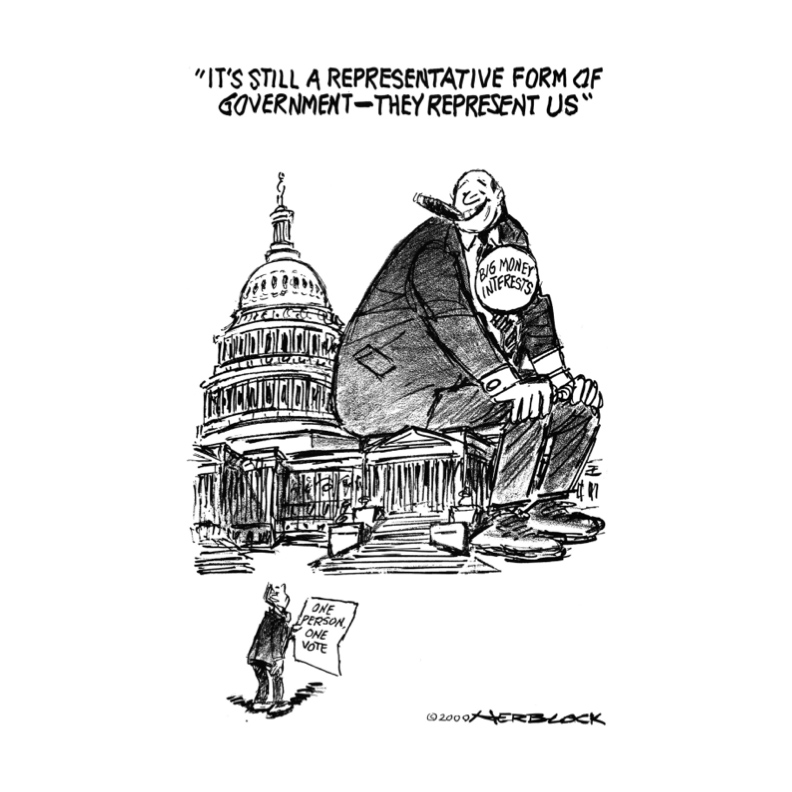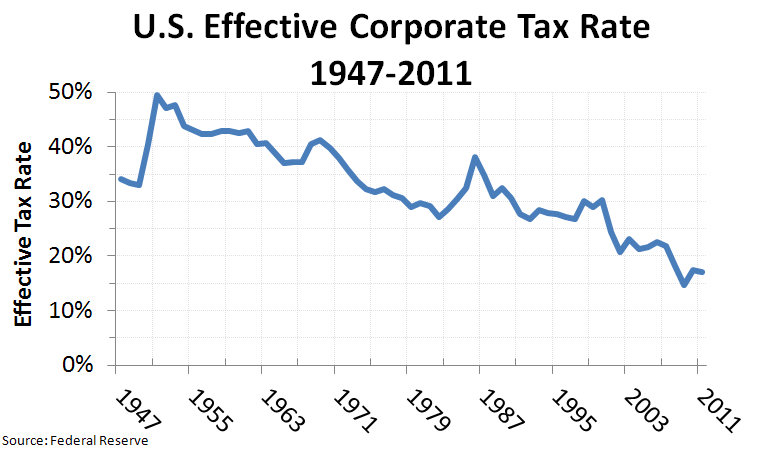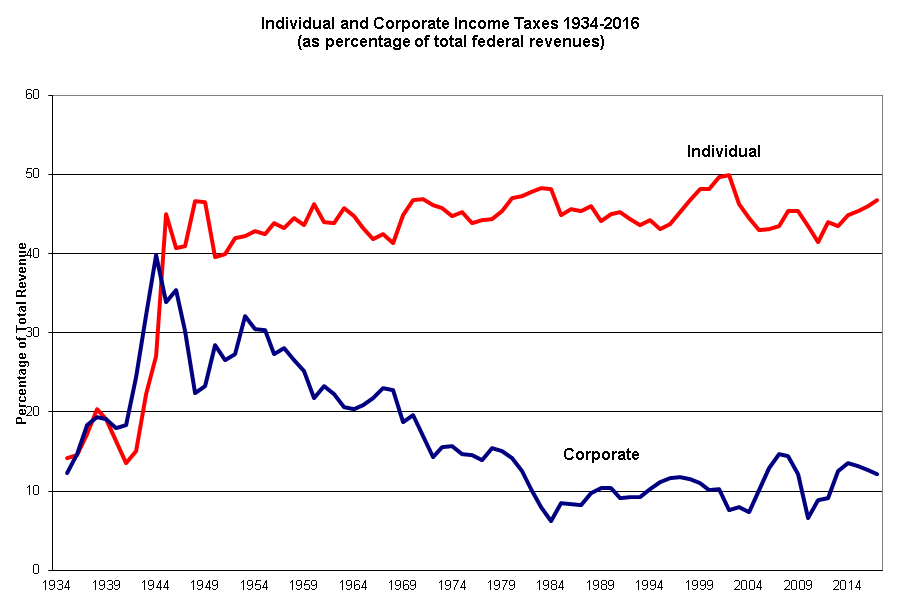 Al_U_Card, on 2017-August-23, 14:43, said:
Al_U_Card, on 2017-August-23, 14:43, said:
Ah yes, a means to an end.
This has all of the makings of Adam Smith's The Wealth of Nations.
And when you said,
Quote
Alfred D. Chandler, Jr., author of The Visible Hand, uses eight propositions to show how and why the visible hand of management replaced what Adam Smith referred to as invisible hand of the market forces:
- that the US modern multi-unit business replaced small traditional enterprise, when administrative coordination permitted better profits than the coordination by market mechanism;
- that a managerial hierarchy have been created for this multi-unit business enterprise;
- that multi-unit business enterprise appeared for the first time in history in a time when the volume of economic activities reached a level that made administrative coordination more efficient than market coordination;
- that once a managerial hierarchy has been created and had successfully carried out its functions of administrative coordination, the hierarchy itself became a source of power, permanence and continued growth;
- that the careers of the salaried managers became increasingly professional and technical;
- that the multi-unit business enterprise grew in size and diversity and as its managers became more professional, the management of the enterprise became separated from its ownership;
- that managers preferred policies that favored long term stability and growth of their enterprises to those that maximized current profits;
- that as the large enterprises grew and dominated major sectors of the economy they altered the basic structure of these sectors and of the economy as a whole.
And now management's hand in corporations (legal fictions) are so large that they have a material impact on the broader economy as a whole. . . .Alfred Chandler was right except for bullet #7---> Management is only concerned about short-term profits thanks to incentive plans such as employee stock option plans (ESOP) where management is given company stock warrants at market price (and they can sell for higher prices once they goose up quarterly profits and meet market analysts expectations).

 Help
Help









